- Can Tho: Started construction of 42 gratitude houses, gave savings books and gifts to families of people with revolutionary contributions
- Can Tho ensures that people with meritorious services have a standard of living equal to or higher than that of local people.
Accordingly, the Conference on Learning, Exchanging Experiences, and Replicating Poverty Reduction Models was held in Can Tho City with the participation of 94 delegates representing leaders and officials in charge of poverty reduction work of the Department of Labor, Invalids and Social Affairs, Policy Bank, Provincial Agricultural Extension Center, officials of the Department of Labor, Invalids and Social Affairs, leaders of the People's Committees at the commune level, the Fatherland Front at the commune level and member organizations and village heads (heads of hamlets, villages, etc.), representatives of people with poverty reduction models and the poor of the three provinces of Can Tho, Hau Giang and Vinh Long.
Through presentations and model introduction clips, the Conference will focus on discussing and sharing about: Effective economic models, promoting advantages and internal strengths of localities and production areas and meeting the needs of sustainable poverty reduction, especially community production models and value chain linkage models; Good practices in mobilizing resources, especially community and people's resources, in implementing poverty reduction models; Mechanisms to encourage poor households to self-reliantly escape poverty.
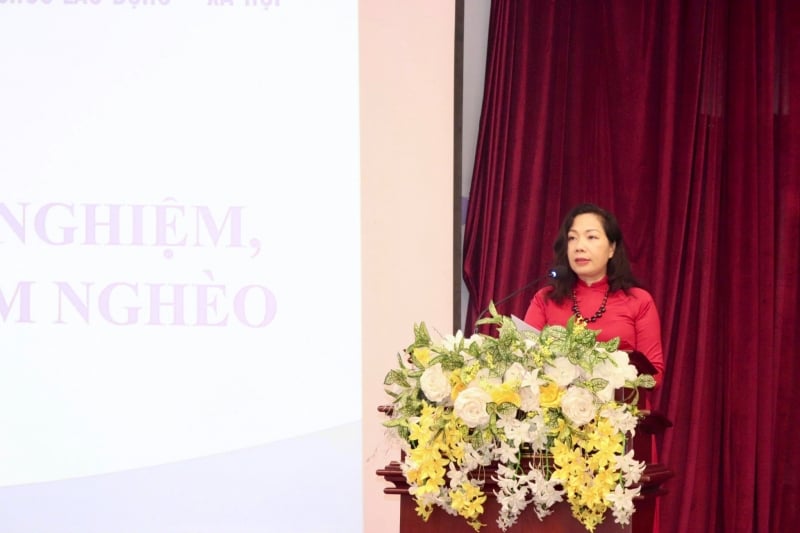
Ms. Nguyen Thi Van - Vice Principal of the Center for Training and Fostering of Labor and Social Officials spoke at the Conference.
Lessons learned in determining the direction of building a poverty reduction model associated with diversifying livelihoods for poor and near-poor households. In addition to the presentations and sharing at the conference, delegates will also visit and learn practical experiences of two effective poverty reduction models in Thoi Loi and Phong Dien districts of Can Tho City.
Speaking at the Conference, Ms. Nguyen Thi Van - Vice Principal of the Center for Training and Fostering of Labor and Social Officials said that the poverty rate nationwide has decreased from 9.88% in 2015 to 2.75% in 2020. The rate of poor ethnic minority households has decreased by 4%/year, with more than 8 million people escaping poverty and near poverty; the poverty rate in poor districts at the end of 2020 decreased to 23.42%, an average decrease of 5.4%/year; 32 poor districts have escaped the situation of extreme difficulty, 125 extremely difficult communes in coastal and island areas have met new rural standards.
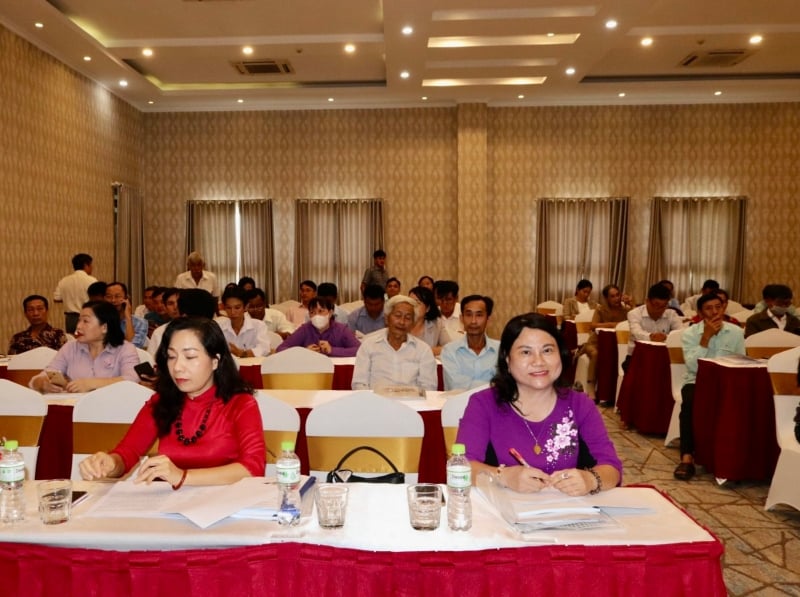
The Conference on Learning, Exchanging Experiences and Replicating Poverty Reduction Models was held in Can Tho City with the participation of 94 delegates.
According to Ms. Van, in recent times, the poor and people living in poor and difficult areas have been given attention in vocational training, livelihood support, employment, income improvement, access to basic social services in health, education, housing, clean water and sanitation, and information. The awareness and will to rise of the poor have increased, and there are many typical examples of efforts to escape poverty.
“Some important targets that the Program needs to achieve by 2025 are: Supporting the construction and replication of over 1,000 models and projects to reduce poverty, support the development of production, business, services, tourism, start-ups, and business start-ups to create livelihoods, jobs, sustainable income, and adapt to climate change and epidemics for poor households, near-poor households, and newly escaped-poverty households; people living in poor districts, especially disadvantaged communes in coastal, coastal, and island areas; Striving for 80% of people with labor capacity and in need from poor households, households in poor districts, especially disadvantaged communes in coastal, coastal, and island areas to be supported to improve their capacity in agricultural, forestry, fishery, and salt production to innovate production methods and techniques, ensure food security, meet nutritional needs, and increase income,” said Ms. Van.
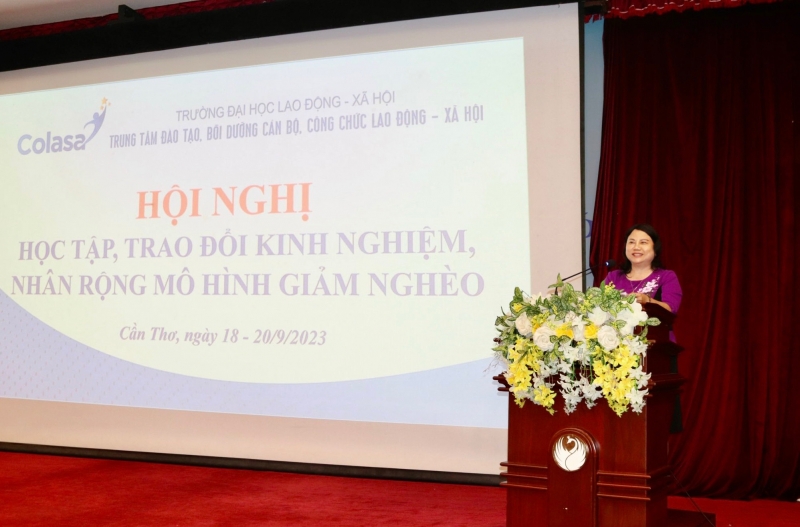
Ms. Tran Thi Xuan Mai - Director of Department of Labor, Invalids and Social Affairs of Can Tho City shared at the Conference.
Speaking at the Conference, Ms. Tran Thi Xuan Mai - Director of the Department of Labor, Invalids and Social Affairs of Can Tho City said that in recent years, sectors and levels have focused on leadership, drastic direction, and synchronous implementation of solutions to effectively implement programs and movements, such as: National Target Program for Sustainable Poverty Reduction; movement "Joining hands for the poor"; emulation movement "For the poor - No one is left behind", movement "Can Tho joins hands for the poor - No one is left behind and Social security work". Strengthening propaganda work, mobilizing resources to implement policies (preferential credit, health, education, housing, agricultural extension, vocational training, job creation, legal aid, replicating effective poverty reduction livelihood models).
With poverty reduction support policies from 2016 - 2020, the whole city had 15,129 households rising above the standard and escaping poverty; reducing the city's poverty rate from the beginning of the period by 5.12% to 0.29% compared to households, equivalent to 1,036 households at the end of 2020 (down 4.83%). In 2021 - 2022, the city had 997 households rising above the standard and escaping poverty; reducing the city's poverty rate from the beginning of the period by 0.8% to 0.52% compared to households, equivalent to 1,904 households (down 0.28%).
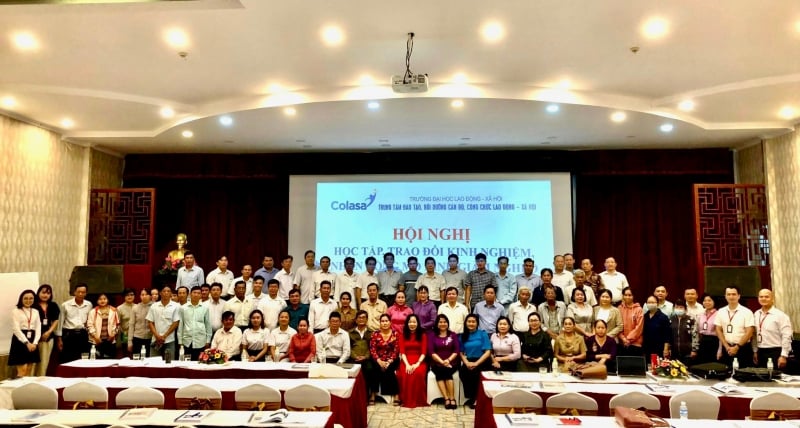
Conference delegates take souvenir photo.
Ms. Xuan Mai said that with the support of sectors and levels; especially preferential loans from the Social Policy Bank, 33 models of production development, livestock, services, and small trade have been built and replicated with 227 poor and near-poor households participating, many effective business models such as the "Industrial Sewing - Thoi Lai District" model. Mr. Pham Tan Loc's family was previously a poor household, but has risen out of poverty. Now he is the owner (Director) of Hung Loc Garment Company, expanding the scale of production, with a capital of 5 billion VND, with 100 local workers participating in sewing (most of whom are poor households, near-poor households, and disadvantaged households with stable incomes, rising out of poverty sustainably).
Ms. Xuan Mai shared some sustainable poverty reduction models in recent times, specifically the "Idol Longan Growing" model of Mr. Nguyen Van Trieu, Dinh Khanh A Hamlet, Dinh Mon Commune, Thoi Lai District. This longan variety is recognized by VietGap standards, meeting 4-star OCOP standards. It has an average yield of 15 tons/hectare/year, earning over 147 million VND/year. It creates jobs for 15 workers from poor and near-poor households. The model "Dan Dat Quoc Noan Cooperative - Thoi Lai District": this model supports vocational training and creates jobs for workers from poor and near-poor households with the results: 04 poor households have escaped poverty and 05 near-poor households have escaped near-poverty sustainably. The model "Mobilizing support for economic development" in My Thuan Hamlet, My Khanh Commune, Phong Dien District.
This model mainly grows fruit trees (durian, jackfruit, longan...) and raises chickens. The model was established in 2019, with a total of 30 initial members (14 poor households, 16 near-poor households). Over the years of model development, the number of members has increased by 5, in addition to poor households and near-poor households, bringing the total number of members of the model to 35 households. The model has 30 households contributing 140 million VND. Households borrowed capital from the district's Social Policy Bank with a total capital of 1 billion 350 million VND. Up to now, 14/14 households have escaped poverty and 16/16 households have escaped near-poverty. The model is still maintained and developed well.
Source link


![[Photo] Prime Minister Pham Minh Chinh chairs meeting to deploy overcoming consequences of storm No. 10](https://vphoto.vietnam.vn/thumb/1200x675/vietnam/resource/IMAGE/2025/10/3/544f420dcc844463898fcbef46247d16)




![[Photo] Students of Binh Minh Primary School enjoy the full moon festival, receiving the joys of childhood](https://vphoto.vietnam.vn/thumb/1200x675/vietnam/resource/IMAGE/2025/10/3/8cf8abef22fe4471be400a818912cb85)
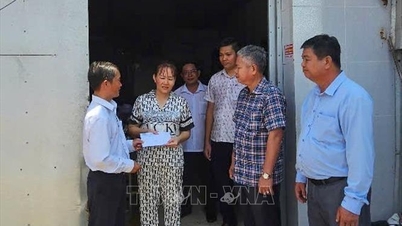


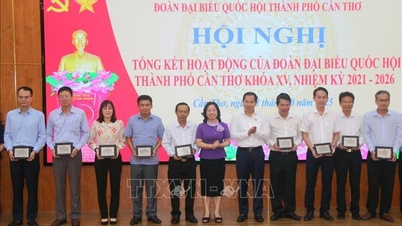
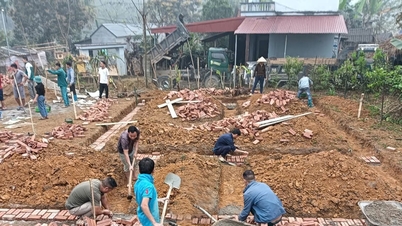

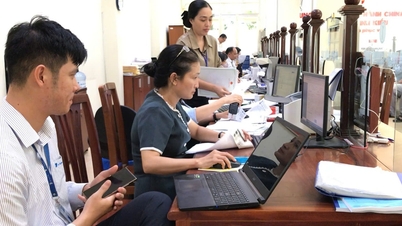

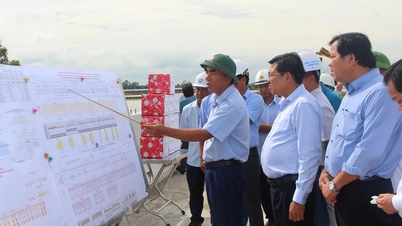



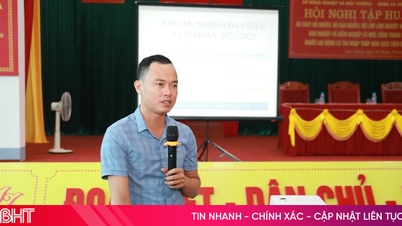



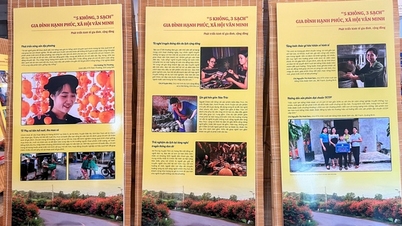

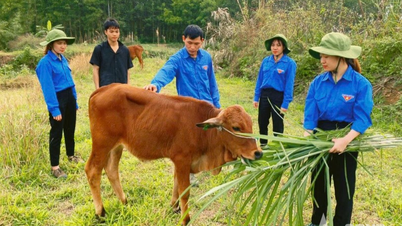

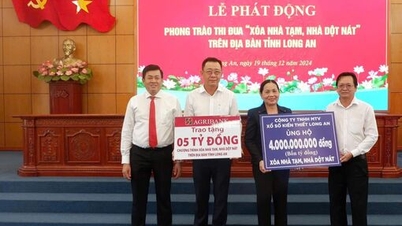






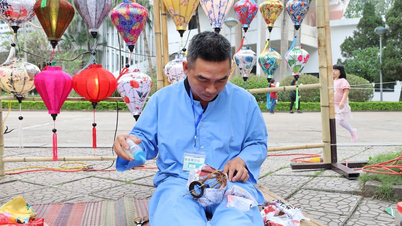
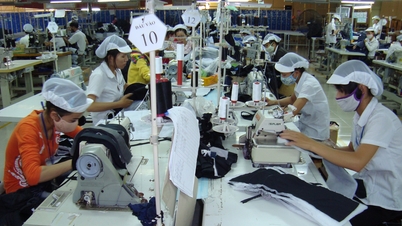

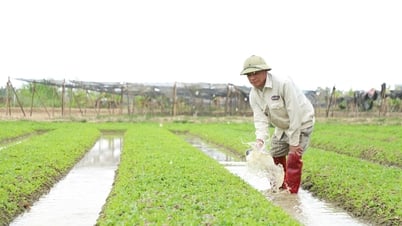
















































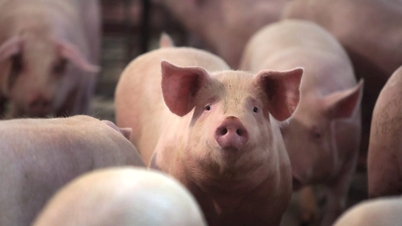

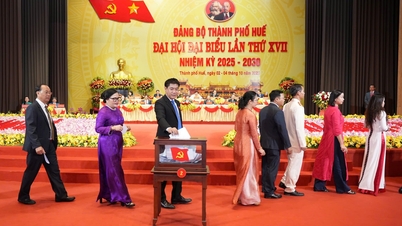




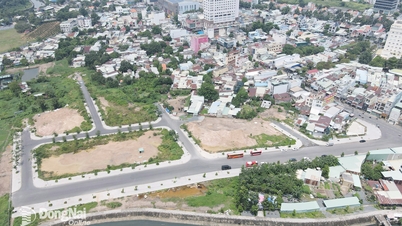

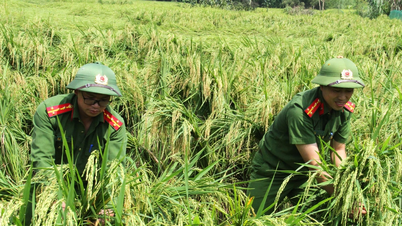












Comment (0)